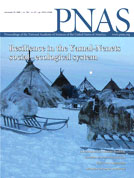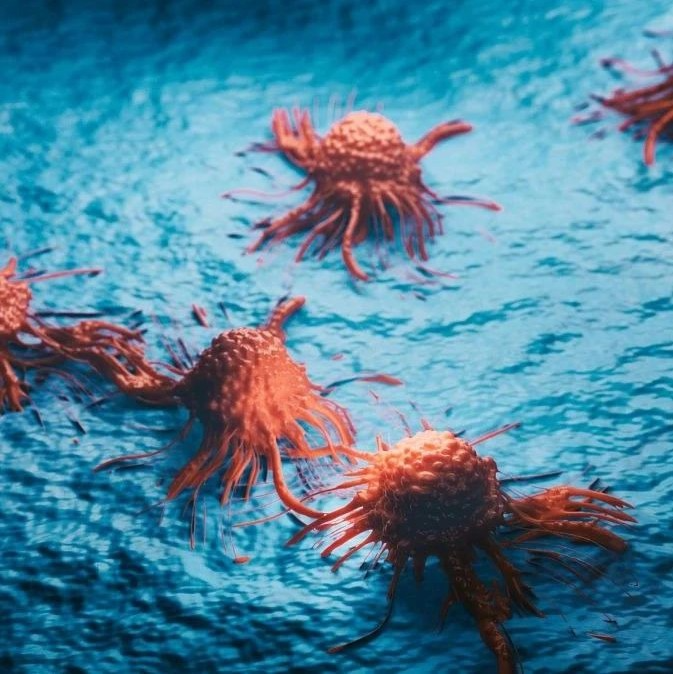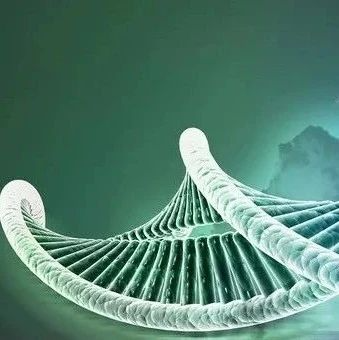
科学家创造出了一种迅速发现药物分子靶标的蓝图,这可能有助于降低疗法成本并加速药物发现。这种技术可能有助于弥合不断增加的病原体基因组测序数量、越来越复杂的计算方法以及开发药物的传统化学方法之间的鸿沟。
Zoltán Oltvai及其同事分析了两个常见病致病菌――埃希氏大肠杆菌和金黄色葡萄球菌的基因组,从而发现共同的针对特定组织的反应或共同的基本代谢反应。在发现了7个促进细菌生长的关键反应之后,这组作者通过为酶抑制剂相互作用建模从而筛选了100万个可能的抑制剂。其中5个抑制剂能阻断细菌脂肪酸合成,这可能让这些化合物有效地抑制细菌酶,并制止细菌繁殖。这组科学家说,这种网络方法可能在传染病领域有用,后者受到多药耐药性问题的困扰,而且许多疾病缺乏有效治疗方法。
推荐原始出处:
PNAS January 5, 2010, doi: 10.1073/pnas.0909181107
Blueprint for antimicrobial hit discovery targeting metabolic networks
Y. Shena,b,1, J. Liub,1, G. Estiua, B. Isinb, Y-Y. Ahnc,d, D-S. Leec,d,4, A-L. Barabásic,d, V. Kapatrale, O. Wiesta,2,3 and Z. N. Oltvaib,2,3
aDepartment of Chemistry and Biochemistry, University of Notre Dame, Notre Dame, IN, 46556;
bDepartments of Pathology and Computational Biology, University of Pittsburgh, Pittsburgh, PA, 15261;
cCenter for Complex Network Research and Departments of Physics, Biology, and Computer Science, Northeastern University, Boston, MA 02115;
dCenter for Cancer Systems Biology, Dana-Farber Cancer Institute, Boston, MA 02115; and
eIntegrated Genomics, Inc., Chicago, IL 60612
Advances in genome analysis, network biology, and computational chemistry have the potential to revolutionize drug discovery by combining system-level identification of drug targets with the atomistic modeling of small molecules capable of modulating their activity. To demonstrate the effectiveness of such a discovery pipeline, we deduced common antibiotic targets in Escherichia coli and Staphylococcus aureus by identifying shared tissue-specific or uniformly essential metabolic reactions in their metabolic networks. We then predicted through virtual screening dozens of potential inhibitors for several enzymes of these reactions and showed experimentally that a subset of these inhibited both enzyme activities in vitro and bacterial cell viability. This blueprint is applicable for any sequenced organism with high-quality metabolic reconstruction and suggests a general strategy for strain-specific antiinfective therapy.







